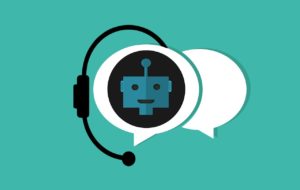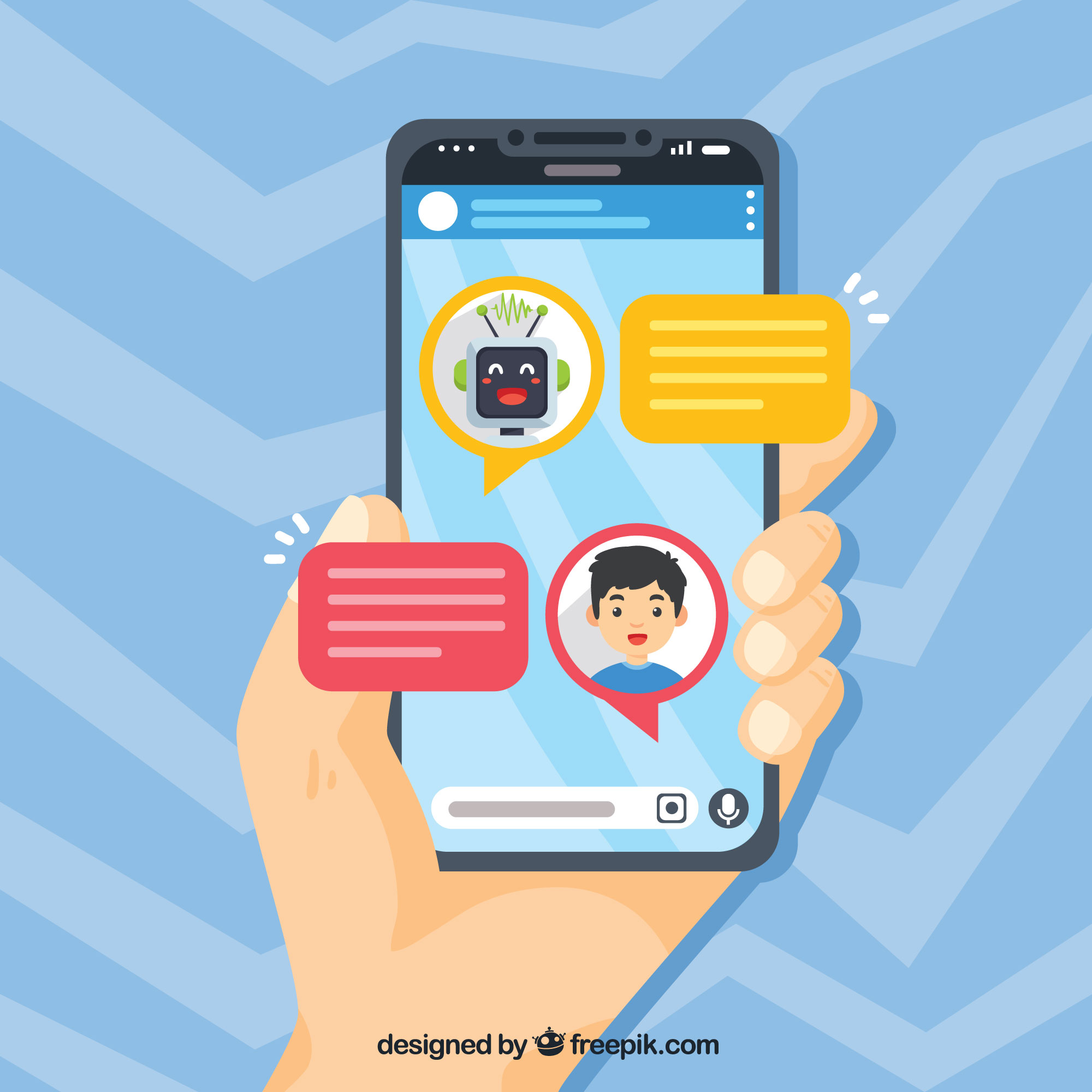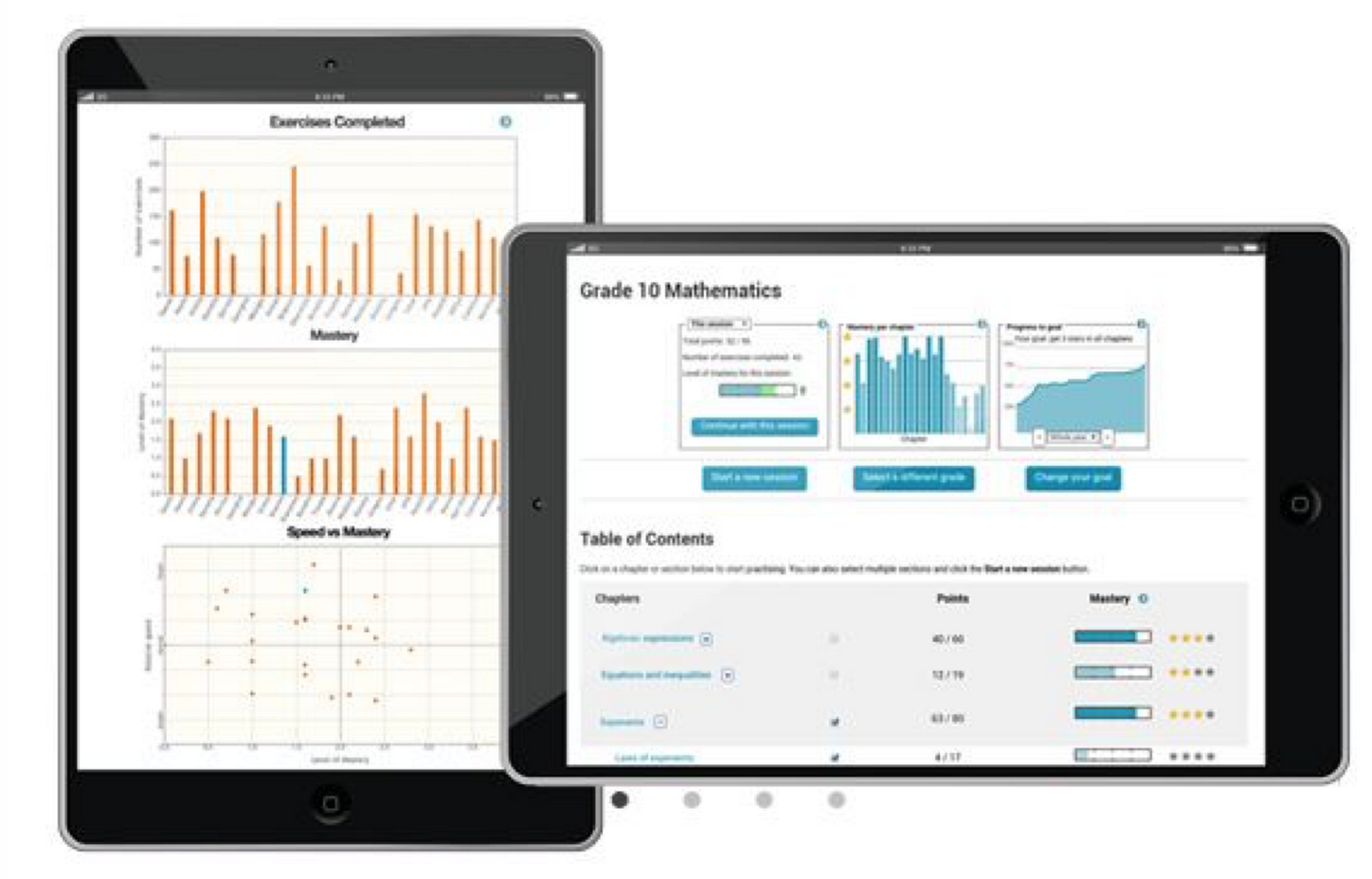Her name was Eliza and she was a psychotherapist. Or at least that’s what it seemed. It was actually the first chatbot in history. It was created in 1966 by computer scientist and MIT professor Joseph Weizenbaum, and its principle was simple: impersonate a psychotherapist who interacted and asked questions according to the terms inserted by users during the conversation. Then came Parry, a chatbot somewhat more complex than Eliza and pretending to be a person with paranoid schizophrenia. From Eliza and Parry to our favourite toy of the summer, ChatGPT, through Alexa, Siri or Cortana, the history of chatbots has evolved to unsuspected limits.
Today, chatbots are present in a variety of industries and contexts, from customer service to medicine, and, of course, in education. They use machine learning algorithms and large data sets to improve their comprehension and responsiveness, and continue to evolve to deliver more natural and effective user experiences.
But what exactly are they and how do they work? How can we get the best out of them? Can they help us improve education in vulnerable environments? The UPSA-ProFuturo chair does not tell it in this article.
What does the word “chatbot” mean to you?

Image by James grills, CC BY-SA 4.0 https- creativecommons.org licenses by-sa 4.0 , via Wikimedia Commons.
The main thing we should know about this new form of artificial intelligence is that it is very similar to WhatsApp chats or any other social network. The most significant difference is that on the other side is a robot and not a person. The word itself comes from “chat” and “bot”. Although the Royal Spanish Academy of Language (RAE) has not yet recognised the term in its dictionary, it does include that of the words that compose it. Chat is defined as an “exchange of electronic messages over the Internet that allows a conversation to be established between two or more people.” The centuries-old Academy defines bot as a “program that imitates human behaviour.”
The chatbot helps answer questions as a kind of virtual friend or companion. One of their main features is that they are available 24 hours a day and there is no problem in contacting them. However, the essential thing for many people is that they have the ability to solve these problems as if they were a real person. Therefore, their behaviour and interface are increasingly important in this type of system. The interaction between the bot and the user must be fluid and agile.
Despite their robotic nature, chatbots have a very significant purpose: to mimic the way we speak and respond to other individuals when they require attention. In recent years, we have seen how they have evolved to the point of being highly efficient in their communication, since their programming is increasingly cutting-edge.
A chatbot with the ability to answer all kinds of questions becomes a fundamental resource to enrich the experiences of the new generations.
How do these robots help in education?
Chatbots have come to education with the firm goal of establishing interactions that resemble human conversations. Programmed to analyse contexts and propose solutions, these dialogue-driven devices contribute significantly to the teaching-learning process by interpreting emotions and offering their contribution (Múnera, Salazar and Osorio, 2022).
Artificial intelligence is revolutionising education and will leave a deep mark on its development. One of the most prominent changes lies in the speed and clarity with which new artificial intelligences provide conclusive answers. This feature opens a range of opportunities and simplifies the study and search for information, as it is an automated interaction.
In this regard, the Institute for the Future of Education of Monterrey Tech states that “Chatbots act as facilitators of educational material and as reinforcement to clarify basic doubts through automated conversations. Simple requests such as asking for the bibliography from which a lesson will be composed, or short and simple information about what was seen in class. In this way, the teacher could free him or herself from the mechanical tasks of the teaching process to guide students in more contextual and substantive aspects regarding their learning” (García Bullé, 2022).
This transformation is a real revolution for teachers and students. A chatbot with the ability to answer all kinds of questions becomes a fundamental resource to enrich the experiences of new generations. This means that students can ask their chatbot to resolve their academic queries without this meaning, in any way, taking over the position of the teacher, whose role remains invaluable in the teaching and learning process.
The UPSA-ProFuturo chatbot: motivating teachers
The chatbot in the educational field transcends the mere instrumental role. It is conceived to be a resource of great value for teachers. This virtual assistant not only improves the academic experience, but also arouses the interest of the teacher to continue exploring in the field of digital education. Thus, more than a simple tool, it becomes a guide for those educators who seek to understand and embrace the new virtual world, acting as a key to encourage their participation in the courses offered by the ProFuturo project.
For seven years, the UPSA-ProFuturo Chair has played a fundamental role in promoting research and technological development. It has also been the promoter of the innovative #hack4edu event, a very special hackathon in hybrid format, whose objective is to address and resolve technological challenges related to the challenges posed by digital education in vulnerable environments.
On this occasion, the focus is on the design of a chatbot for the educational platform of the Fundación ProFuturo. Its main objective is to provide intelligent answers to frequently asked questions (FAQs). Additionally, the project seeks to improve the user experience in various languages such as Portuguese, Spanish, French, English and Arabic, and be able to detect and respond in the user’s language when entering. The implementation of an interface with drop-down or selection buttons adds to these improvements, ensuring efficiency and convenience.
This chatbot is being designed to:
- Offer a selection between the categories “Teacher” or “Student”, providing information adapted to the choice.
- Present a dynamic list of frequently asked questions after selection.
- Provide answer options that fit the question asked.
- Include a feedback system with user satisfaction options (is this the answer you were expecting? Have we resolved your query?)
- Supply personalised information to the user.
- Integrate it with the data base of the Profuturo training platform (Moodle).
- Provide different functionalities and options to users with and without logging
- Identify the user identification with login directly from the chatbot.
- Consult the database and process information using AWS services (Amazon Web Services), a cloud designed for conversations, storage, analysis, and databases.
The development of this chatbot aims to make it easier for teachers to manage the platform, quickly resolving their queries and stimulating their participation in the proposed activities. Amazon Lex has played an essential role in the creation and launch of this project by enabling the construction of interfaces and conversations for chatbots and voice-enabled applications and IoT devices. Using Natural Language Understanding (NLU) and Automatic Speech Recognition (ASR), Amazon Lex provides natural and intuitive interactions with users.
From their ability to mimic human communication to their potential to revolutionise education, chatbots continue to challenge our expectations and define the future of human-technology interaction. As witnesses to this evolution, we are at an exciting time when collaboration between humans and chatbots promises to further transform the way we learn, teach and engage in an increasingly digitalised world.
References
Múnera, M.T., L.M. Salazar and A.S. Osorio. 2022. Estudio inicial de un chatbot para estudiantes de la modalidad virtual de la Escuela Interamericana de Bibliotecología. Investigación Bibliotecológica: archivonomía, bibliotecología e información 36 (90): 13-30. http://dx.doi.org/10.22201/iibi.24488321xe.2022.90.58452
García Brustenga, G., Fuertes-Alpiste, M., Molas-Castells, N. (2018). Briefing paper: chatbots in education. Barcelona: eLearn Center. Universitat Oberta de Catalunya. https://doi.org/10.7238/elc.chatbots.2018
García-Bullé, S. (11 February 2022). What are chatbots and how are they used in education? Institute for the Future of Education Technology, Monterrey. https://observatorio.tec.mx/edu-news/webinar-chatbots/
Griset, R. (11 March 2019). Chatbots en educación superior. Universitat Oberta de Catalunya. https://blogs.uoc.edu/elearning-innovation-center/es/chatbots-en-educacion-superior-parte-i/
Quiroz, M.A., J. Mora, J. Medina and M.Y. Leyva. (2020). Modelos causales como ayuda a la comprensión de sistemas complejos: análisis de los factores críticos de éxito en el desarrollo de chatbots. Revista Universidad y Sociedad, 12(4), 64-72. Retrieved on 9 August 2023, from: http://scielo.sld.cu/scielo.php?script=sci_arttext&pid=S2218-36202020000400064&lng=es&tlng=pt.
Wehr, Y. and W. Baluis. (2023). Chatbot basado en inteligencia artificial para la educación escolar. Horizontes. Revista de Investigación en Ciencias de la Educación, 7(29), 1580-1592.https://doi.org/10.33996/revistahorizontes.v7i29.614






